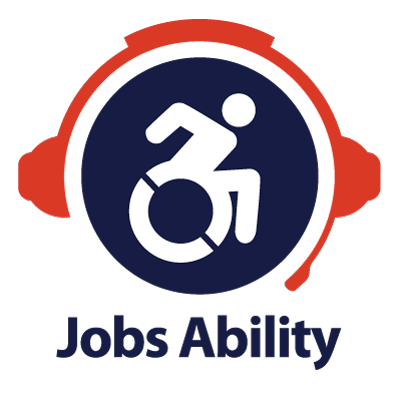Job Opportunity: Flad Architects | Project Manager (SF)
February 14, 2020Job Opportunity: Texas Health Resources | Radiology and Imaging Opportunities
March 2, 2020Job Title: MLS Microbiology-Dallas
Company Name: Texas Health Resources
Location: Dallas, Texas, United States, 75231
Texas Health Presbyterian Hospital Dallas seeks to hire a Medical Laboratory Scientist (MLS) to work full time in their Microbiology laboratory.
The address is 8200 Walnut Hill Lane, Dallas, TX 75231.
Salary range for a MLS is Minimum $26.69/hr. to Maximum $39.40/hr. – based on relevant experience
Work Schedule:
- Full Time; 1st Shift
- Monday – Friday; 0630 – 1500 with rotating weekends
Job Description:
- Specimen Integrity
- Laboratory Operations
- Professional Accountability
- Test Procedures
- Quality Control/Documentation
- Safety
Qualifications
The ideal candidate will possess the following qualifications:
- Bachelor’s Degree (or attained within 3 months of hire date)
- Preferred: Bachelor of Science Degree in Medical Technology, Clinical Lab Science or Chemical, Physical or Biological science
- Internship in an approved Medical Technician training program required
- 3 years culture reading experience highly preferred
Required License/Certification:
- MLS (ASCP), MT (ASCP) or equivalent (AMT, AAB, HHS, NCA, HEW, CLS- CA, FL, NY state license, Philippine Board of Technical Technology)
- Registry must be attained within 3 months of hire date
- Preferred: MLS (ASCP), MT (ASCP)
Required Skills:
- Strong positive interpersonal skills
- Ability to read, write and speak English clearly
- Problem solving ability, time management skills
- Possess organizational skills to function successfully in a fast paced work environment
- Computer literate
- Preferred: Experience with Cerner Millennium LIS
Why Texas Health Resources?
Texas Health Presbyterian Hospital Dallas is an 898-bed, Magnet-designated hospital and recognized clinical program leader, having provided compassionate care to the residents of Dallas and surrounding communities since 1966. A full-service regional referral center, Texas Health Dallas has approximately 3,500 employees and 1,100 physicians on its medical staff, and offers a full range of services, including cancer care, cardiology, neurosciences, orthopedics, senior care, women’s services and a renowned Level III neonatal intensive care unit. Texas Health Dallas has been recognized as a U.S. News and World Report Best Hospital in multiple specialties and is an accredited Cycle IV Chest Pain Center by the Society of Chest Pain Centers. The hospital is also a Bariatric Surgery Center of Excellence, a certified Emergency Stroke Care center and was named “Best Place to Have a Baby” in Dallas County in 2012.We invite you to join us in furthering your career and our accomplishments and philosophy of excellence.
Texas Health Highlights:
- 2019 FORTUNE Magazine’s “100 Best Companies to Work For®” (5th year in a row)
- 2018 Becker’s Healthcare “150 Great Places to Work in Healthcare” (4th year in a row)
- Employees’ Choice “Best Places to Work” by Glassdoor (2018 and 2019)
Apply Here: http://www.Click2Apply.net/zgmdbvyc7kbj6q79
PI118490383
